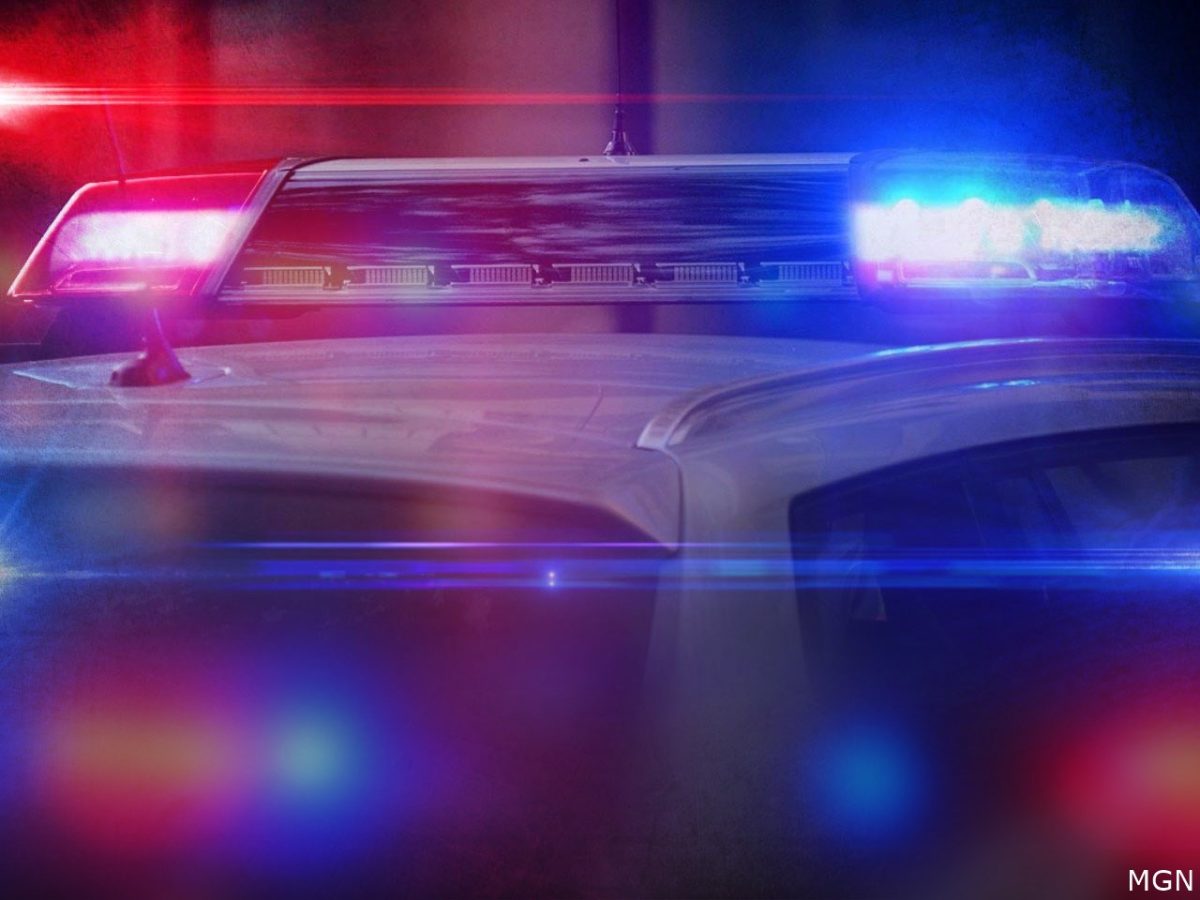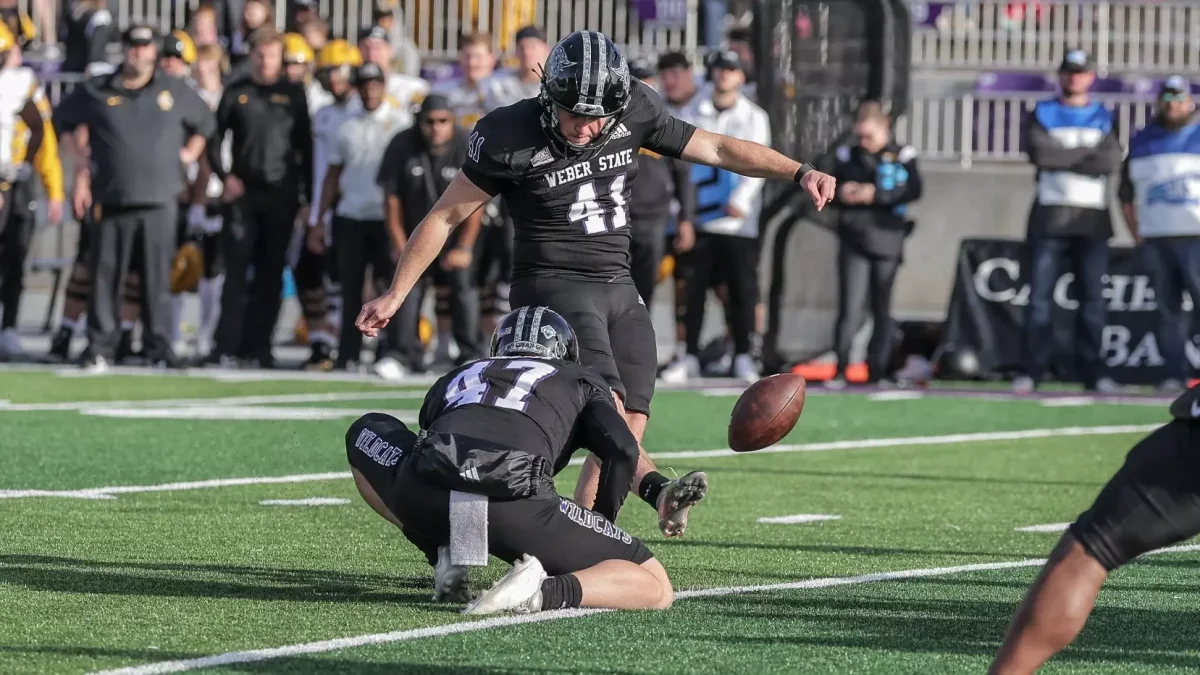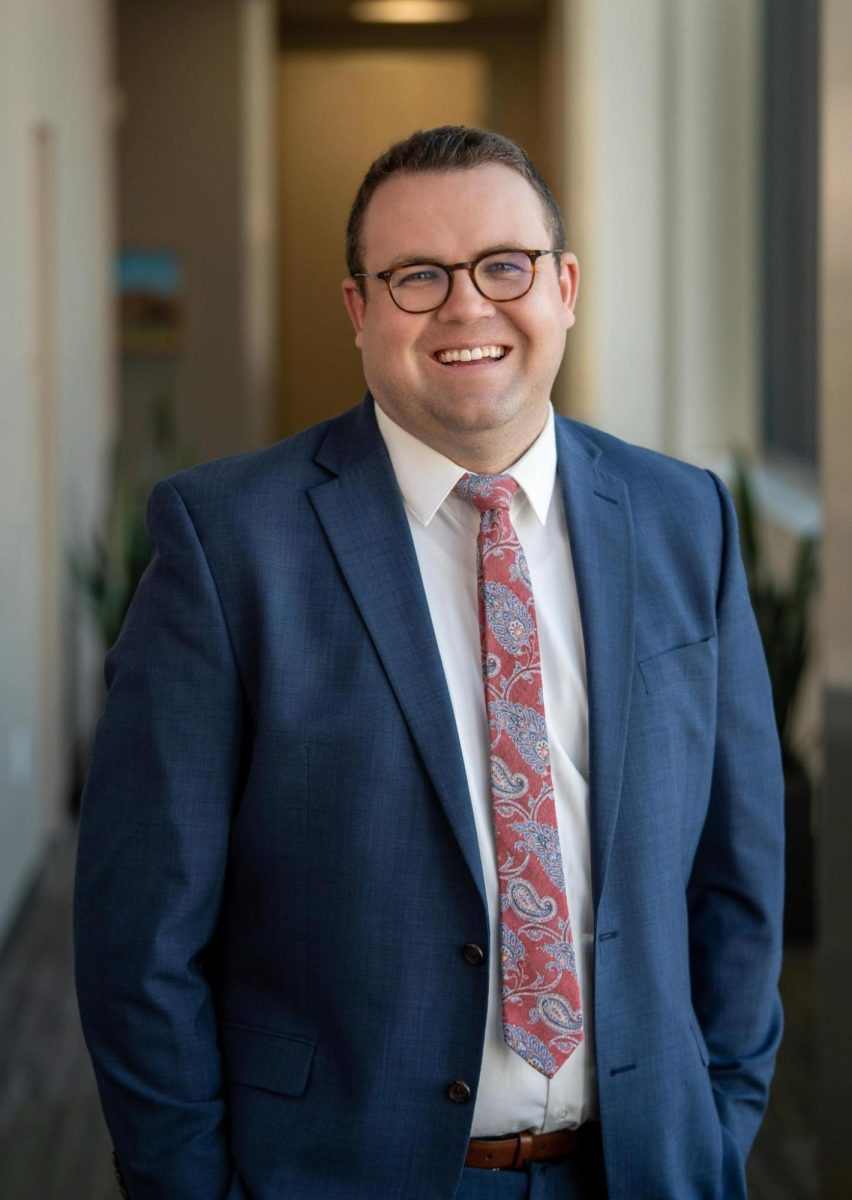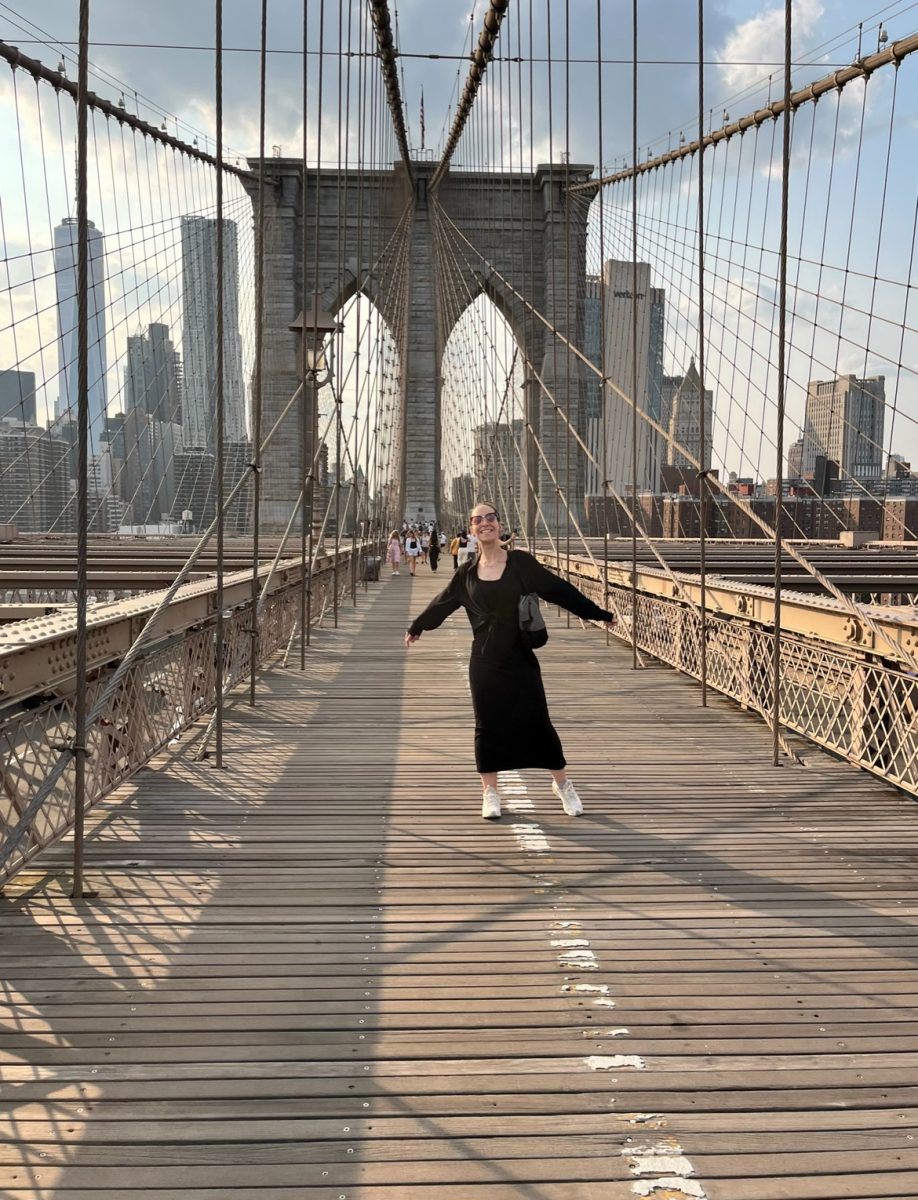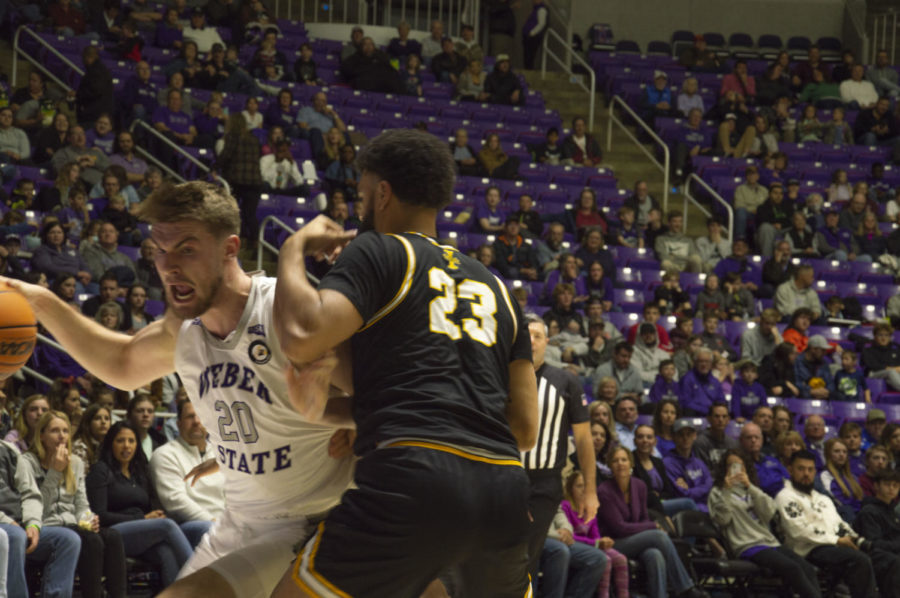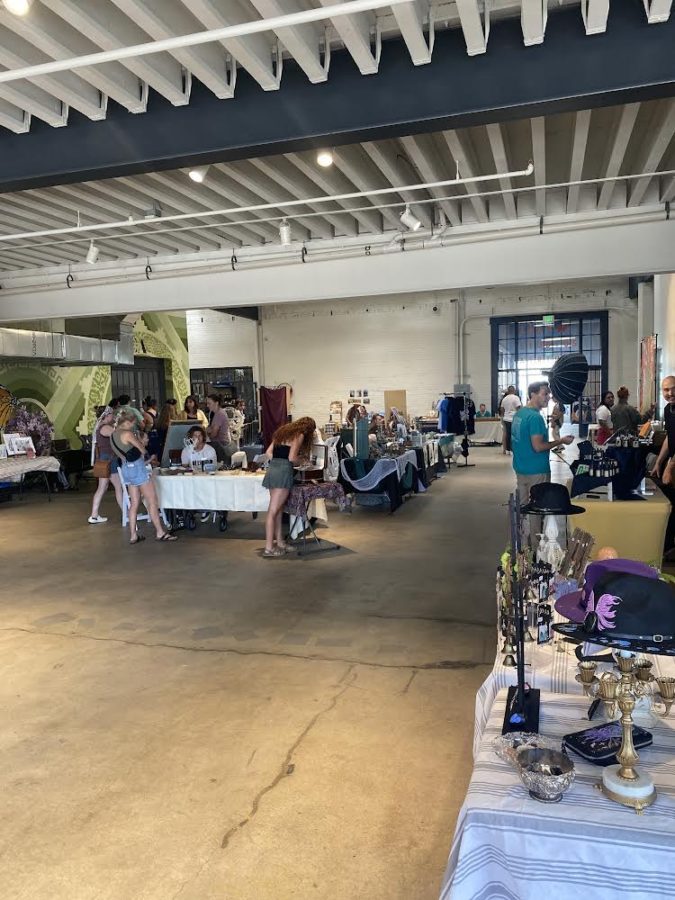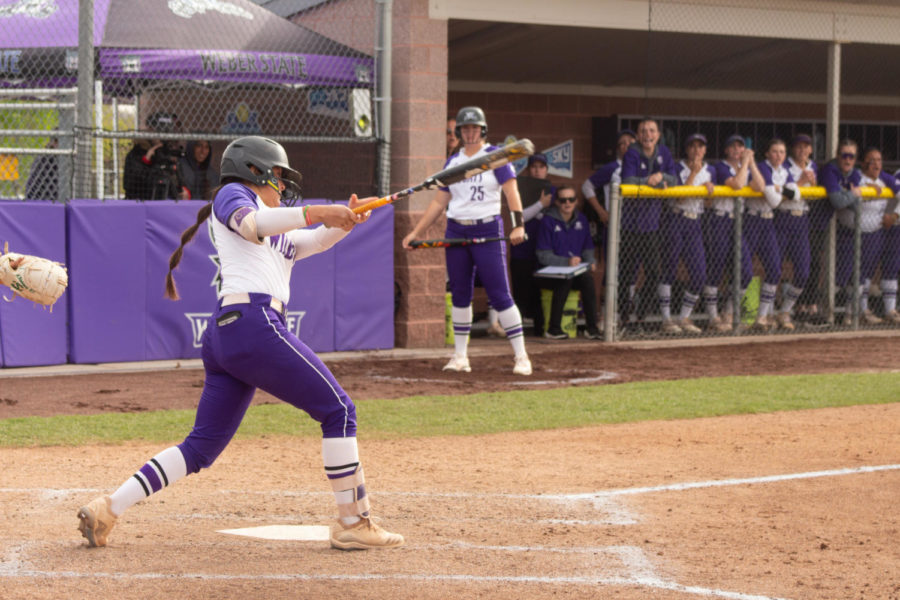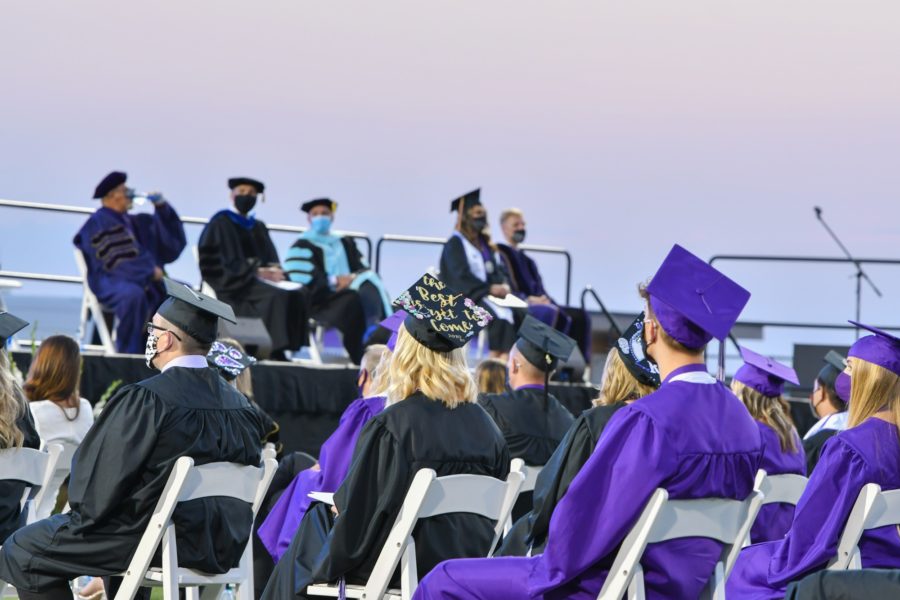Tragedy struck a high school in Parkland, Florida, on Feb. 14 when 17 students were killed in a mass shooting. The most recent in a long line of school shootings, this has once again raised safety concerns throughout the country. At Weber State University, safety measures are in place in case of a similar catastrophic event.
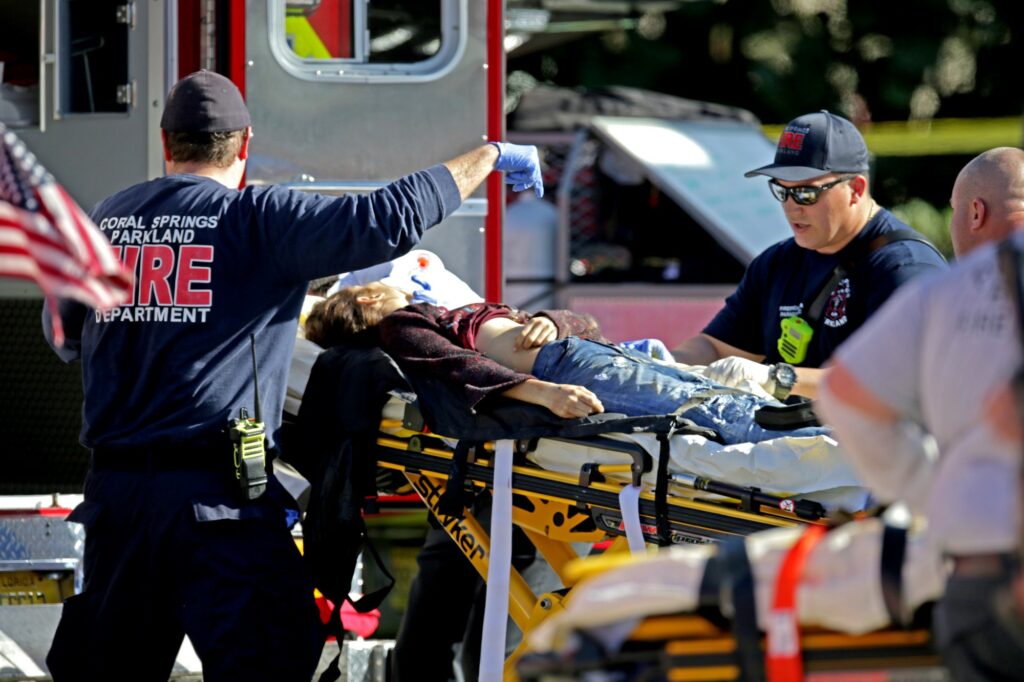
WSU police department Lieutenant Mike Davies said part of his job requires thinking about such a situation.
“It’s always something in law enforcement that has to be on the forefront of our minds, something to prepare for,” Davies said. “Obviously we hope it never happens, but we have to be ready in case it ever does.”
Davies said his police department is well trained to handle a disaster such as a school shooting.
“We go through advanced law enforcement rapid response training,” Davies said. “We do that several times a year, and we exercise every year for things like this as well.”
Davies added Weber State offers courses to faculty, staff and students on how to survive an active shooter situation.
“The courses entail strategies for how to prepare for and what actual physical things they can do in that sort of scenario that will protect them and give them what we call a survival mindset,” Davies said.
WSU communicates emergency information through Code Purple and can deliver notifications via text messages, emails and phone calls. Part of Davies’ job includes sending out alerts.
In the event of an active shooter, Davies said the first step would be to gather as much information as quickly as possible.
“We would confirm that it is actually taking place, where it is taking place and we would immediately put out information of that location and what to do to stay safe,” Davies said.
For Davies and his department, the next step would be to send follow-up messages so information can continue to be delivered as the scenario progresses.
While active shooters have targeted schools, Davies said it is critical to be alert at any location.
“We all have to stay vigilant, we have to be aware of our surroundings and we have to remember that it is important to report things that seem suspicious before violence like this takes place,” Davies said. “There is a potential that we could stop it before it even happens.”
Davies said a lack of reporting suspicious activity has been crucial in the past.
“We see it all the time. Information comes out after an act of violence that people knew about it. They didn’t report it to the proper channels when there was an opportunity to stop the violence before it even took place,” Davies said.
In addition to communicating with law enforcement, Davies said a sense of self-awareness is key.
“It’s important to think of the what-if questions, wherever you’re at,” Davies said. “The mall, school, movie theaters — what would I do if this situation were to take place?”
Situational awareness, prevention and preparedness are taught in the “Shots Fired — When Lighting Strikes” class taught by Davies and his department at Weber State.
Davies said it is essential to make sure WSU students are signed up for Code Purple. Students can register in their eWeber portal by entering their email and cellphone number.


